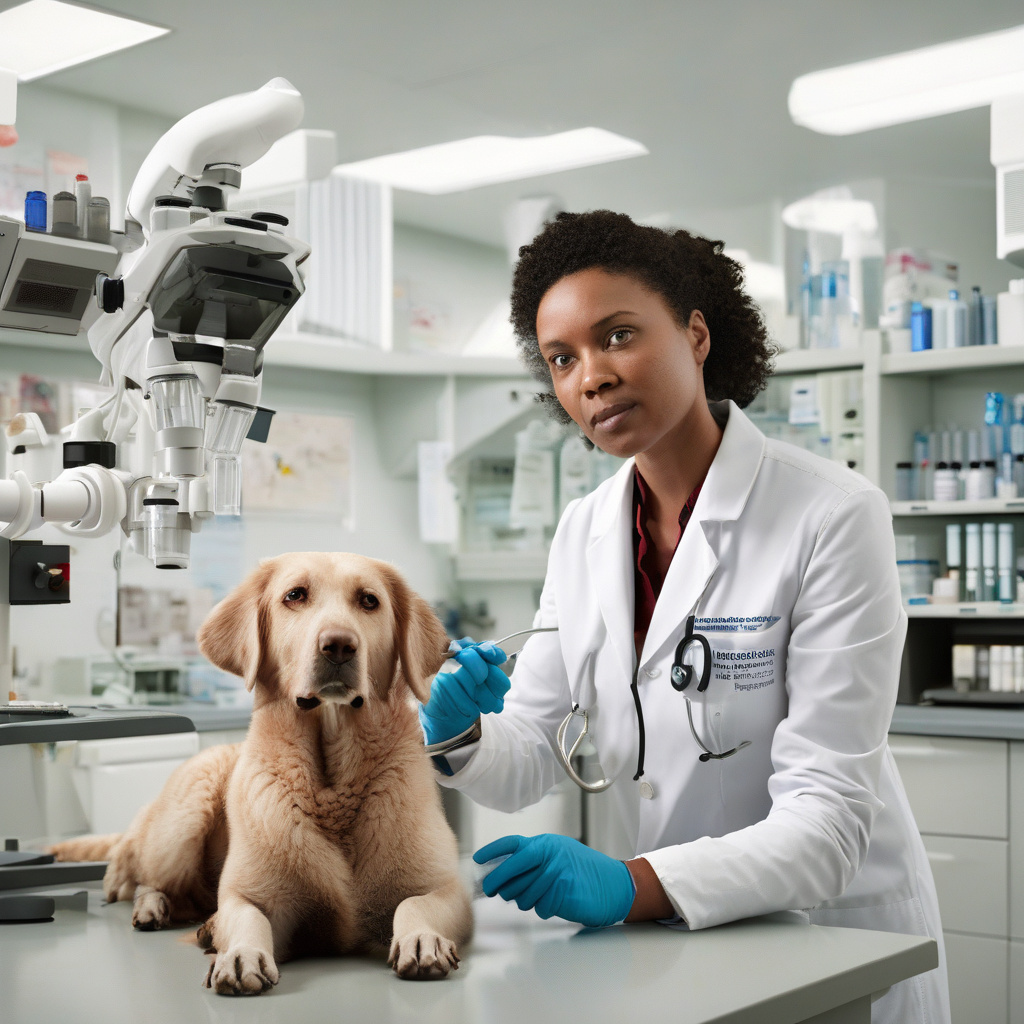Rising Threat of Infectious Animal Diseases: A Critical Analysis of the Landmark WOAH Report
The world is currently facing a significant challenge in the form of infectious animal diseases, as highlighted in the latest report by the World Organization for Animal Health (WOAH). This report serves as a stark warning about the escalating threats posed by these diseases to global food security and public health. The findings of the report shed light on the urgent need for proactive measures to address this growing crisis effectively.
According to the WOAH report, the incidence of infectious animal diseases is on the rise worldwide. These diseases not only affect animals but also have far-reaching implications for human health and the economy. The interconnected nature of our globalized world has made it easier for these diseases to spread rapidly across borders, posing a significant challenge for containment and mitigation efforts.
One of the key factors driving the increase in infectious animal diseases is the intensification of agriculture and the expansion of livestock production. As more animals are raised in close proximity to each other, the risk of disease transmission is amplified. Furthermore, factors such as climate change, deforestation, and wildlife trade contribute to the spread of pathogens, creating a perfect storm for the emergence of new and more virulent diseases.
The ramifications of these infectious animal diseases are profound. Not only do they threaten the livelihoods of farmers and the stability of food systems, but they also have the potential to spark global pandemics. The COVID-19 pandemic, believed to have originated from animals, serves as a poignant reminder of the devastating impact that zoonotic diseases can have on human health and the global economy.
To address these pressing challenges, a multi-faceted approach is required. Enhanced surveillance and early detection systems are essential for identifying and containing outbreaks before they escalate. Investing in research and development of vaccines and treatments for infectious animal diseases is crucial for mitigating their impact on both animal and human populations.
Furthermore, promoting sustainable agricultural practices, improving biosecurity measures, and strengthening international cooperation are key components of effective disease prevention and control strategies. By prioritizing One Health approaches that recognize the interconnectedness of human, animal, and environmental health, we can better equip ourselves to tackle the growing threat of infectious diseases.
In conclusion, the WOAH report serves as a wake-up call for the global community to take action against the rising tide of infectious animal diseases. By raising awareness, fostering collaboration, and implementing evidence-based interventions, we can work towards building a more resilient and secure future for both animals and humans alike.
The post Infectious animal diseases on the rise, highlights landmark WOAH report appeared first on Innovation News Network.
#InfectiousDiseases, #WOAHReport, #GlobalHealth, #AnimalHealth, #FoodSecurity












